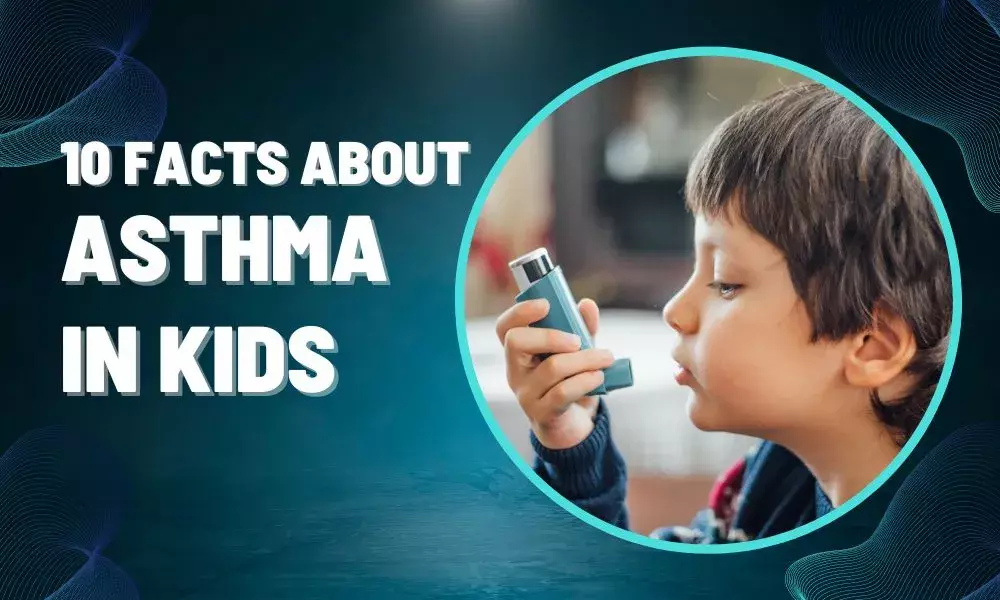Asthma is a respiratory condition in which your airways are affected. Generally, airways are the tubes connected to the lungs, and they carry air in and out of your lungs. Asthma occurs when these tubes are inflamed, making it difficult for a person to breathe.
Childhood asthma is not different from adulthood asthma. Unfortunately, when a person gets asthma at an early stage of life, it affects their quality of life.
Asthma has been identified as one of the leading chronic diseases among children globally. At present, 4.8 million children are suffering from childhood asthma*.
Dr. Sonal Mhatre, BHMS with 17 years of Clinical experience, shares important facts about childhood asthma, including its causes, risk factors, and prevention.
-
Children can get asthma at any age, and it is not contagious. Most children who get asthma have their first symptom by age 5.
-
An interesting fact about child asthma is that in children, it is more common in boys, and in teens, it is more common in girls.
-
When an asthma attack occurs, the airways get narrow, swollen and are blocked by excess mucus. Symptoms of asthma are coughing, wheezing, shortness of breath, blue lips, and chest tightness. The severity of the symptoms may differ from case to case. Consult a doctor if you see your child is having repeated coughs.
-
Risk factors that may lead to the development of childhood asthma include allergies, frequent respiratory infections, family history of asthma and/or allergies, low birth weight, and exposure to tobacco smoke before and/or after birth.
-
While stress or emotion can trigger asthma symptoms, asthma is not a psychological or mental condition.
-
Allergens cause allergic asthma. They are substances that cause an allergic reaction, including dust mites, pets, pollen from grass, trees, and weeds, and waste from pests such as cockroaches and mice.
-
Nonallergic asthma is caused by non-allergens, such as breathing in cold air, certain medicines, outdoor air pollution, tobacco smoke, exposure to chemicals, and infections such as colds and the flu.
-
Exercise-induced asthma happens when a child is doing physical activity, especially when the air is dry.
-
A cleaner environment can also lead to childhood asthma. Because of excessive sanitization and the use of air purifiers, the bacterial exposure of your child is reduced. And their immunity system does not get enough training to fight the germs present in the air around them.
-
Although childhood asthma is not preventable, there are some steps you can take to lower your child’s risk of developing it. These steps include:
-
Identify the triggers around your child and reduce their exposure.
-
Keep your home free of dampness.
-
Avoid air pollution as much as possible.
-
Help your child maintain a healthy weight.
-
Regular physical activity will allow the lungs to function better.
Most children can manage their asthma with appropriate treatment and prevention strategies. However, in many cases, symptoms of childhood asthma may continue lifelong. But with the right line of treatment, you can help your child to keep symptoms under control and prevent damage to growing lungs.
Data Source: https://shorturl.at/bmFJ7




